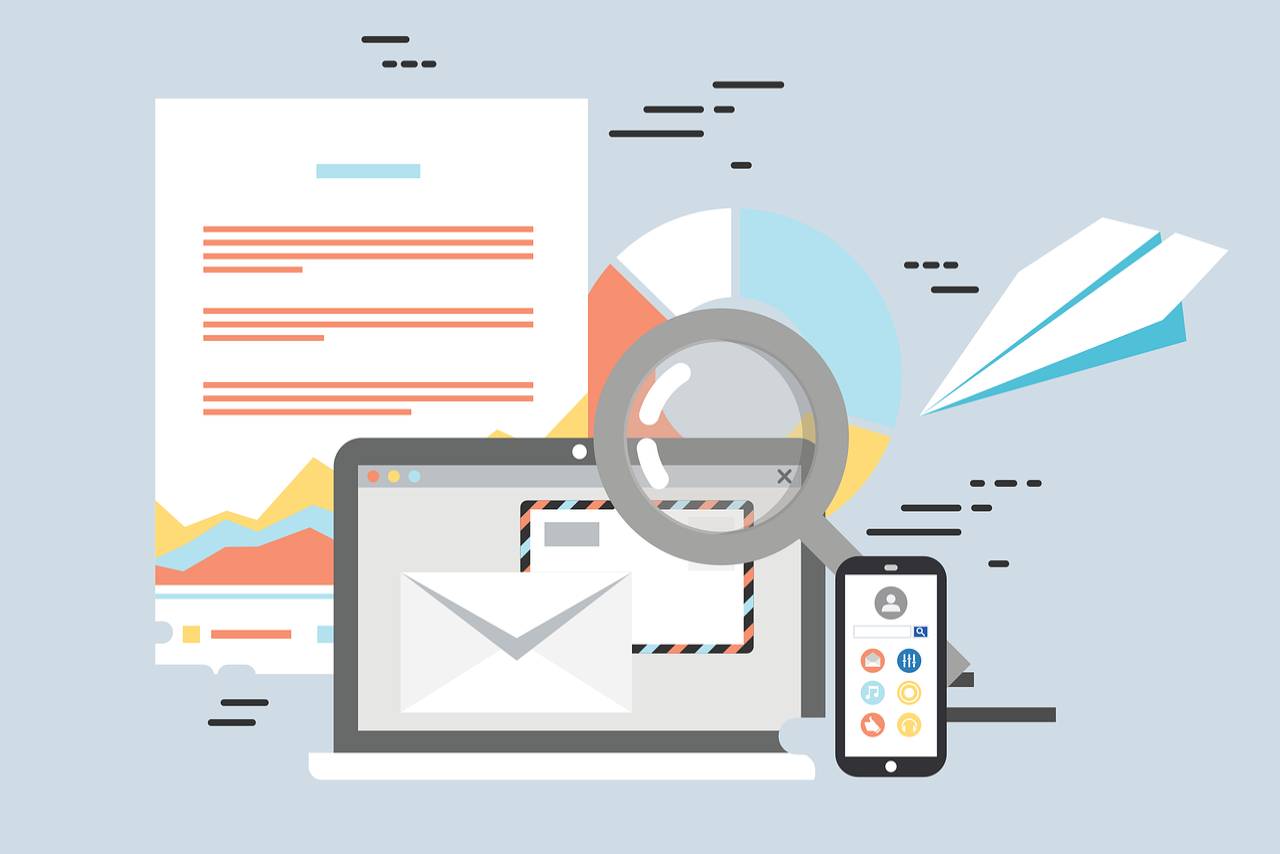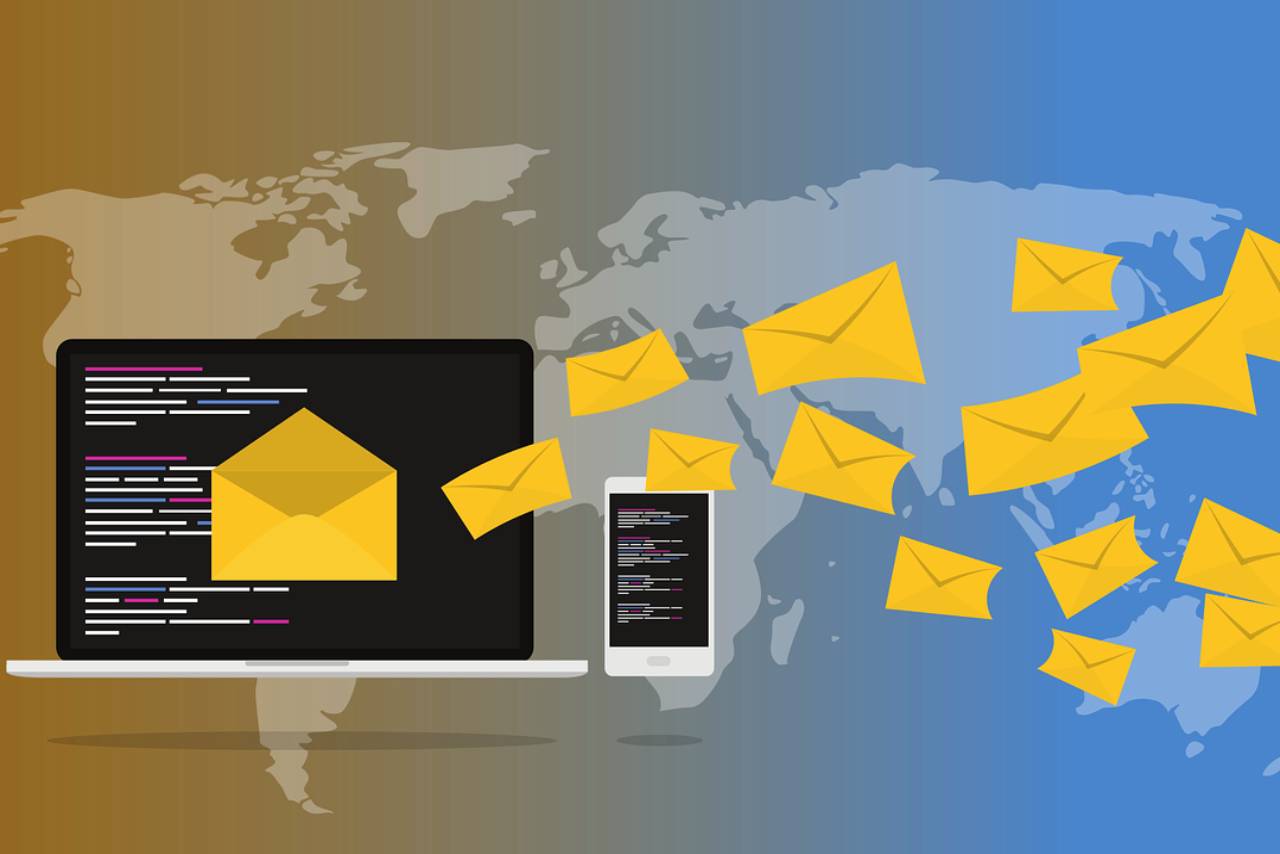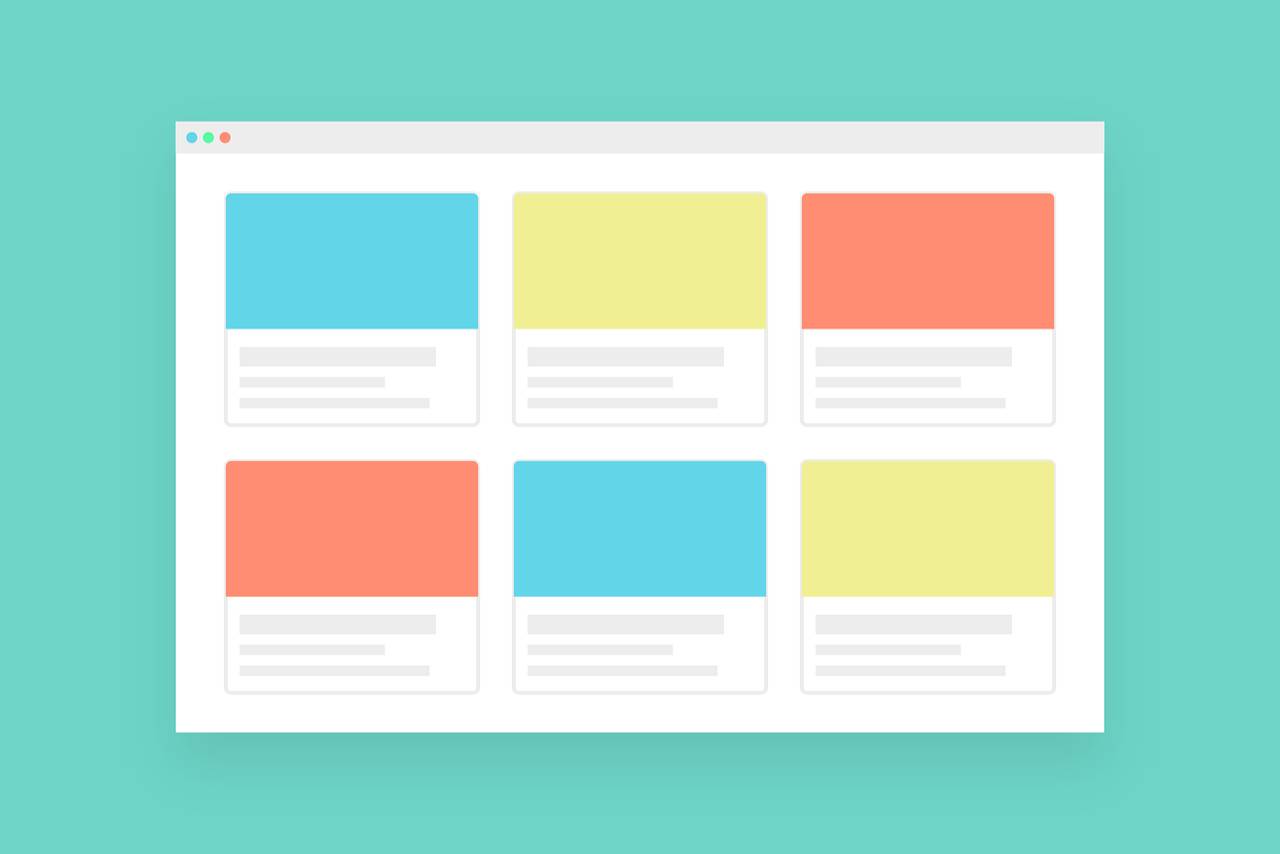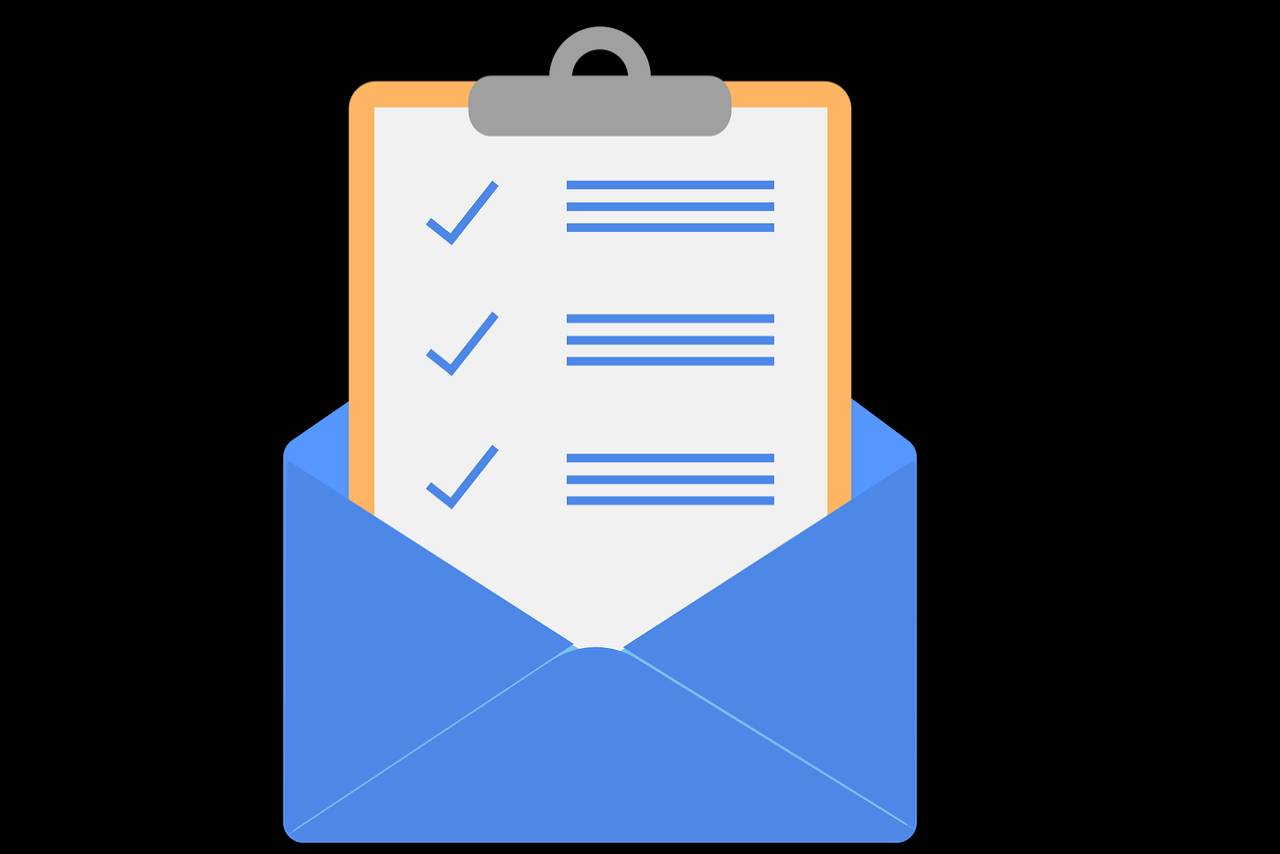How to Create an Impactful Restaurant Newsletter in 3 Steps
A restaurant newsletter gives businesses the chance to offer their audience customized content, while driving customer engagement, new leads, and online traffic.

Email marketing is still one of the most impactful strategies deployed by modern businesses to generate repeat customers and collect data. Meanwhile, traditional marketing campaigns are often overlooked by consumers.
By launching a restaurant newsletter, establishments can create unique content designed to inform and interest customers, as well as generate sales. Newsletters give brands the chance to show their creativity and initiate customer interactions.

3 Steps for Creating a Restaurant Newsletter
By sending regular newsletters, restaurants can encourage customer engagement and build a broader clientele. Whether sending a virtual or traditional newsletter, businesses need to keep their subscribers updated with the latest restaurant offers, events, and discounts.
Restaurants can build an impactful newsletter by following three comprehensive steps-

1. Plan the Newsletter
Planning is perhaps the longest step in any project, but it is necessary for a successful launch. By outlining every detail of the newsletter, management can streamline the next two steps.
To begin planning, restaurants need to ask themselves the essential questions-
- What is the purpose of the newsletter?
By defining the objective of the newsletter, establishments can create more compelling content and targeted promotions.
- Who is the audience?
- What is the newsletter's frequency?
On the other hand, restaurants that run short-form content or implement frequent changes may want to publish weekly or bi-weekly.

2. Build the Template
A restaurant's newsletter needs to be instantly recognizable by the audience, whether from the color scheme, layout, font, or logo. By establishing a template for each newsletter, businesses can ensure they are publishing consistent content.
Templates can be used for emails, pamphlets, and online blogs to streamline the design process. To develop a newsletter template, management needs to establish the-
- Restaurant Branding
- Layout
For example, recipes should have their own dedicated section that is separate from updates and marketing promotions.
- Mobile Friendliness
- Content Blocks

3. Fill in the Content
Once the template is finalized, it is time to begin creating the content. There are several elements to newsletter content, including the-
- Subject Line
While it is great to have a catchy subject line, managers should prioritize mimicking their brand's voice and content.
- Preheader
For example, if a newsletter focuses on sharing holiday recipes, the preheader may be a title for a dinner dish or dessert.
- Images
- Title

- Body
Aside from restaurant updates, businesses can include testimonials, customer reviews, social media posts, tutorials, and blogs in their content.
- Call to Action
- Contact Information
By creating a regular restaurant newsletter, businesses can stay in contact with patrons by providing personalized content, exclusive deals, and continuous updates.